(59398 products available)


































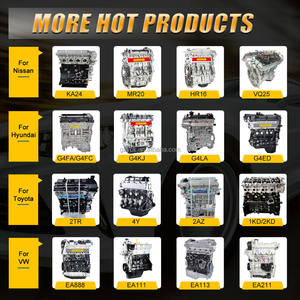

















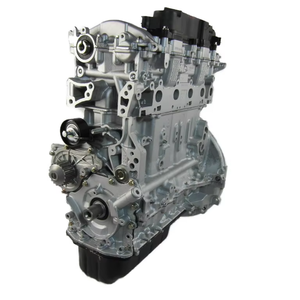



































































































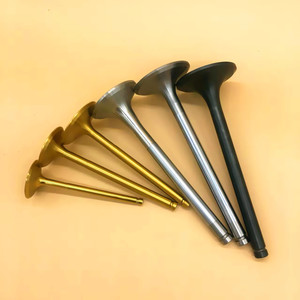







































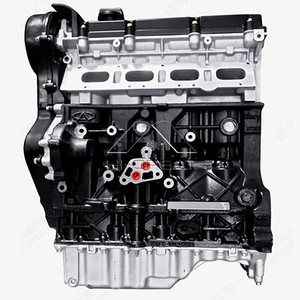
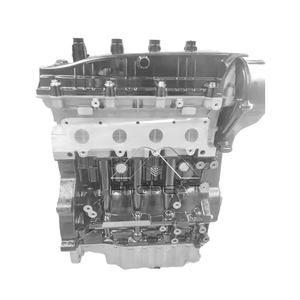
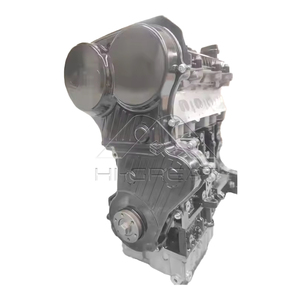
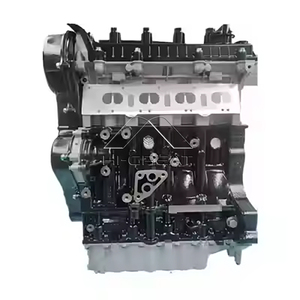
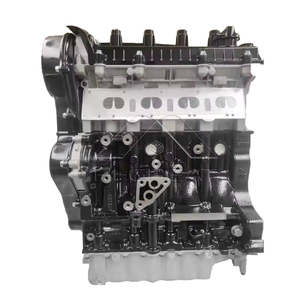
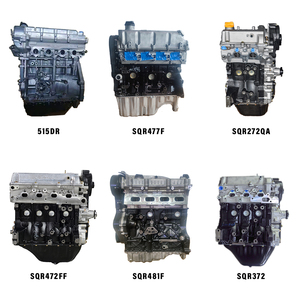












Many people wonder what the 1.3 engine means. Basically, it refers to the car's engine size or capacity. Another name for engine size is engine displacement. It is the total volume of all the cylinders in the engine. The 1.3 engine means that the engine can displace 1,300 cubic centimeters or 1.3 liters.
The 1.3 engines are very common and used in many cars. They are popular because they offer a good balance between power and fuel efficiency. In most cases, larger engines produce more power. However, they use more fuel than the smaller engines.
Below are the common types of 1.3 engines:
Generally, engine efficiency is improving with technology. Newer 1.3 engines use advanced technologies like variable valve timing. The technology improves torque and power across a wide RPM range.
Regular Oil Changes
Engine 1.3 requires regular oil changes to maintain proper lubrication and reduce wear and tear. Follow the recommended oil change intervals in the owner's manual, typically every 5,000 to 7,500 miles or at least once a year. Use high-quality engine oil that meets the manufacturer's specifications for optimal engine health.
Air Filter Replacement
The air filter prevents dirt and debris from entering the engine, ensuring efficient combustion. Check the air filter regularly and replace it every 15,000 to 30,000 miles or more frequently in dusty conditions. A clean air filter improves fuel efficiency and engine performance.
Spark Plug Inspection
Engine 1.3 relies on spark plugs for ignition. Inspect the spark plugs every 30,000 miles for wear or deposits. Replace them as needed or according to the manufacturer's schedule, usually around 60,000 miles. New spark plugs ensure smooth engine operation and fuel efficiency.
Coolant Flush
Coolant prevents the engine from overheating. Drain and replace the coolant every 2 to 4 years or as advised by the manufacturer. A coolant flush prevents corrosion and maintains the system's efficiency, protecting the engine from temperature extremes.
Timing Belt Replacement
Engine 1.3 has a timing belt that synchronizes engine components. Inspect the timing belt at 60,000 to 100,000 miles or as recommended. Replacing a worn belt prevents costly engine damage from belt failure. Stick to the schedule for timing belt replacement and use quality parts.
Fuel System Cleaning
Over time, injectors and valves can accumulate deposits, affecting fuel efficiency. Get a professional fuel system cleaning service every 30,000 to 50,000 miles or as advised. Cleaner injectors and valves optimize fuel consumption and engine performance.
Regular Maintenance Checks
Engine 1.3 needs routine maintenance visits to track its health. Have a certified mechanic examine the engine, its components, and other vital parts, such as the brakes and tires, to ensure everything is in good shape. Early detection of problems through regular inspections can save on costly repairs down the line.
Choosing a 1.3 engine can be daunting, but it doesn’t have to be. Here are a few things to keep in mind:
Many 1.3 engines have complex components like turbochargers and intercoolers that increase power output. DIYers should be careful when working on such components because they are critical for maintaining airflow and boosting pressure within the engine.
Working on a 1.3 engine with a turbocharger or intercooler can be challenging for DIYers. It's important to consult the owner's manual or service manual for specific instructions and torques for disassembling and reassembling these components. If unsure, seek professional assistance to avoid damaging the engine or its components.
It's also important to ensure that any replacement parts used are compatible with the specific engine variant. While some components may be interchangeable between different 1.3-liter engines, others may vary based on the engine design or configuration.
Here are some general steps to replace the 1.3 engine:
Identify the Issue:
Before replacing the engine, make sure to diagnose the problem accurately. Replacing an engine should be the last resort after considering other repair options.
Gather Necessary Tools:
Socket and ratchet set, wrenches, torque wrench, screwdrivers, pliers, engine hoist or cherry picker, jack and jack stands, axle stands, work light, engine stand, timing light, multimeter, obd2 scanner, shop manual, repair manual, engine lifting beam, timing gun, etc.
Disconnect the Battery:
Disconnect the battery to prevent any electrical accidents during the engine replacement process.
Remove Engine Components:
Remove engine components such as the air intake, exhaust system, cooling system, electrical connections, fuel system, and other accessories connected to the engine. Refer to the service manual for specific instructions and torque specifications when removing these components. It's important to use the right tools and techniques to avoid damaging delicate parts or affecting the engine's performance.
Prepare the New Engine:
If using a remanufactured or rebuilt engine, make sure to transfer necessary components. Follow the manufacturer's guidelines for preparing the new engine to ensure proper fit and function.
Engine Replacement:
Lower the new engine onto the engine mounts and install the mounting bolts. Use a torque wrench to tighten the bolts to the specified torque. Reconnect electrical connections, the cooling system, the fuel system, and other accessories. Refer to the service manual for the correct sequence and torque specifications when reinstalling these components. It's crucial to use the right tools and techniques to avoid leaks, damage, or incorrect installations that could affect the engine's performance or safety.
Reconnect the Battery:
Reconnect the battery once the engine replacement is complete. Start the engine and let it run for a few minutes. Check for any unusual noises, vibrations, or leaks. Ensure all systems function properly and monitor engine parameters using diagnostic tools if needed. Take the vehicle for a test drive and assess its performance. Pay attention to any issues or warning signs that may indicate problems with the engine or related systems. If necessary, readjust or retighten components, connections, or settings based on test drive feedback and observations.
Q1: What does 1.3 engine mean?
A1: An engine with 1.3 liters of displacement means that the engine's cylinders can collectively hold 1.3 liters of air and fuel mixture. This measurement indicates the size and capacity of the engine.
Q2: How does one know if a car has a 1.3 engine?
A2: It can be determined by checking the owner's manual or by visiting the manufacturer's website. The engine size and specifications are typically listed in these documents. Alternatively, one could open the hood and look for a label or engraving that indicates the engine size.
Q3: Can an engine 1.3 increase power?
A3: Yes, a 1.3 engine can generate more power. By adding a turbocharger or supercharger, the engine can inhale more air, allowing it to burn more fuel and producing more power. Upgrading the intercooler, exhaust system, and intake can also increase the power of a 1.3 engine. However, it is advisable to consult with a professional mechanic before making any modifications to ensure compatibility and reliability.
Q4: Is a 1.3 engine good for a car?
A4: A 1.3 engine can be considered good for many cars, especially smaller ones. It provides decent power and fuel efficiency. However, for larger vehicles like SUVs or trucks, a 1.3 engine may not be sufficient, and the vehicle may struggle to accelerate and maintain speed on highways.